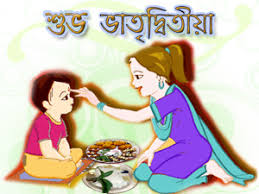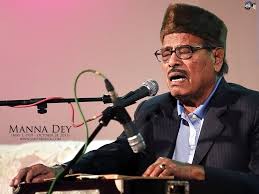
I am an Indian national, grew up on the soil of my motherland, and have completed fifty revolutions around the Sun. I am quite aware of my surroundings and of the latest happenings.
Yet sometimes I ponder and tend to ask myself: Why are our festivals, traditions and rituals so male-oriented? And why are women happy with their lot the way they are treated??
For instance on Rakshabandhan why must only the sisters (read girls) tie rakhis on their brothers’ wrists? Standard answer: Boys are requested to protect and safeguard their sisters. It is also a token of affection. Ahh, so girls don’t require a similar token, right ? Ditto for bhaiya dooj which arrives two days after Diwali. Once more, the same logic: this is to pray for brothers’ well-being and longevity. Fine. But shouldn’t the boys too to pray for the sisters’ long happy lives? If they die early, who will tie the rakhis or apply the tilak?
Even at the risk of sounding inane, I wish to remind our post 1947 and post 1980’s Indians that the poet Tagore had taken a bold, unique step regarding this festival. After the partition of Bengal in 1905, he had given a clarion call to members of both sexes, Hindus and Muslims alike to celebrate the occasion in a spirit of harmony goodwill and brotherhood. Some logic in that. Consider the upanayana sanskar (sacred thread) of the Brahmins. This is to confirm a boy’s status as a Brahmin. Again I am tempted to ask: why no sacred thread for girls? Are they non-Brahmins or not qualified enough for one?
Why are most vrat-upavas (fasts) to be observed by women alone e.g Karva chauth , Vat savitri, Hoi , Teej/Hartalika Teej etc which women perform for the happiness and well being of their spouses and children? Would the sky fall if men try to observe fasts for the welfare of their wives and children? Come on, after all they are one family, aren’t they? Why is the onus always on women? Why are penances hardships and rigid steps heaped on them alone?? At finale of Pitr Paksh on the occasion of Mahalaya (Hindu All soul’s day) why do only oldest living males of each family pay obeisance to the departed souls /ancestors? Having said that has anyone ever seen ladies officiating as priests during community Durga Poojas in pandals or Navaratra celebrations in temples across the country? Coming to low key religious ceremonies conducted privately in people’s homes ie Mundan(tonsuring) Annaprasanam (baby’s introduction to solid food), Satyanarayan katha,Saraswati & Lakshmi puja etc the priests are invariably men. It‘s got to be one of the two things: either women lack adequate cerebral matter to study and retain Sanskrit hymns or else they are too weak to withstand the rigour of elaborate ceremonies. Now when our women are boldly going into space or plunging down to the ocean floor, or flying aircrafts, why can’t they handle religious ceremonies as well? Why must religious ceremonies always be a male bastion?
R.A.G






